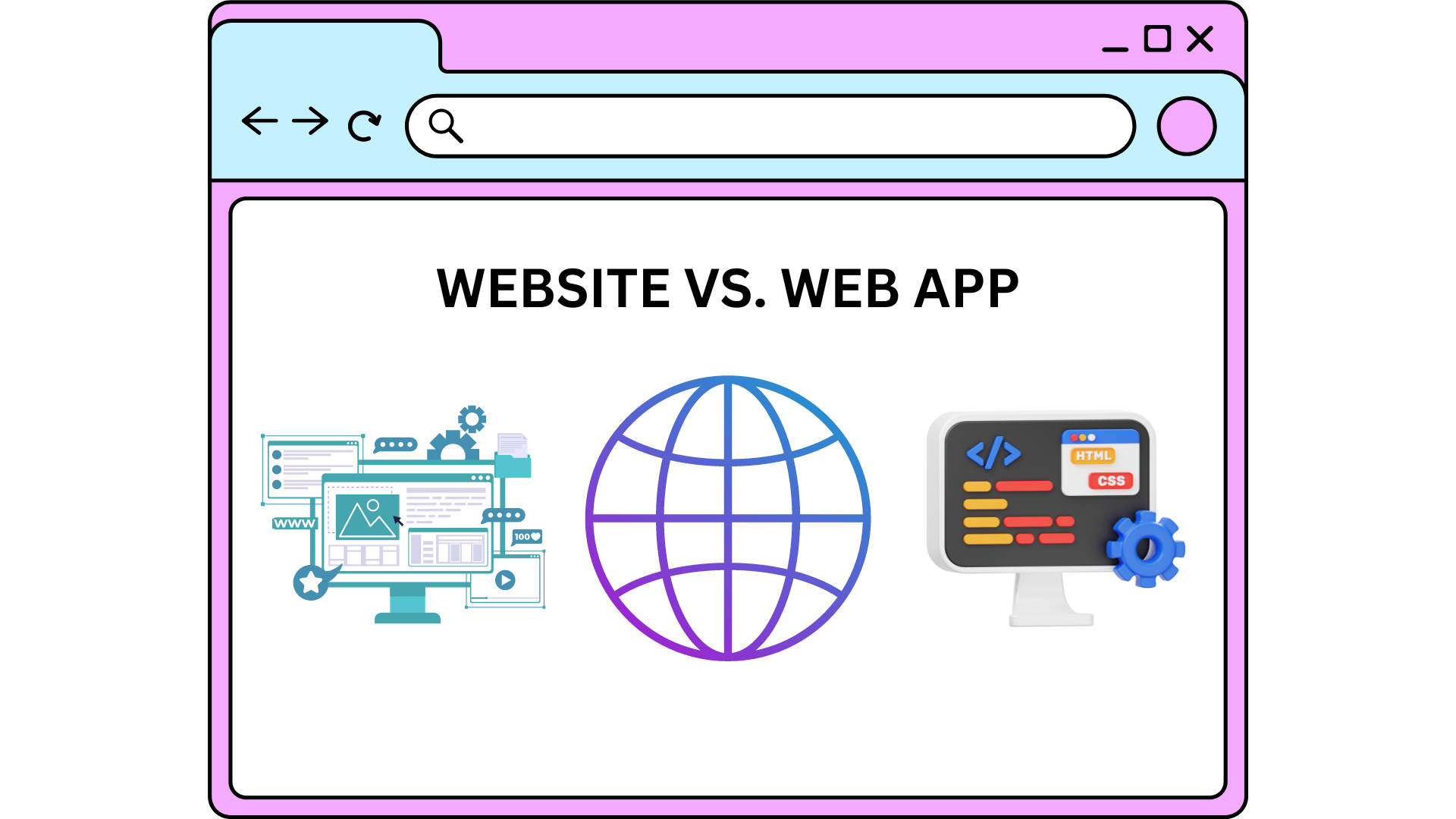In the digital landscape, the terms “website” and “web application” are often used interchangeably, leading to confusion about their distinctions. However, understanding the differences between the two is crucial for businesses and developers alike. In this blog post, we’ll delve into the fundamental dissimilarities between websites and web applications, shedding light on their respective characteristics, functionalities, and use cases.
Websites:
A website is a collection of web pages hosted on a server and accessed through the internet. It typically consists of static content, such as text, images, and multimedia elements, organized into a hierarchical structure. Websites serve primarily as informational platforms, offering content to visitors without extensive interactivity or dynamic functionality.
Key Features of Websites:
Static Content: Websites predominantly feature static content that remains consistent across multiple visits.
Limited Interactivity: Interaction on websites is generally limited to navigation through hyperlinks and basic form submissions.
Information Dissemination: Websites are primarily designed to disseminate information, such as company details, product descriptions, blogs, and news articles.
Minimal Data Processing: Websites typically require minimal data processing and do not involve complex computations or data manipulation.
Web Applications:
In contrast, a web application is a dynamic software program accessed via a web browser that provides interactive functionality and data processing capabilities. Unlike websites, web applications are built to perform specific tasks or functions, often involving user input, data processing, and manipulation in real-time.
Key Features of Web Applications:
Dynamic Functionality: Web applications offer dynamic and interactive functionality, allowing users to perform tasks, input data, and receive real-time feedback.
User Authentication and Authorization: Many web applications require user authentication to access personalized content or perform secure transactions.
Data Processing: Web applications involve extensive data processing, manipulation, and storage, often utilizing databases and server-side scripting languages.
Complex Functionality: Web applications can range from simple tools, such as calculators or contact forms, to complex systems like online banking platforms or e-commerce sites.
Use Cases:
Websites are ideal for businesses or individuals looking to establish an online presence, share information, and engage with their audience. They are commonly used for company websites, blogs, portfolios, and informational portals.
On the other hand, web applications are suited for tasks that require interactivity, data processing, and real-time functionality. They are commonly used for online banking, e-commerce platforms, social media networks, project management tools, and productivity suites.
Conclusion:
In summary, while both websites and web applications are accessed through web browsers, they serve distinct purposes and offer different functionalities. Websites are informational platforms with static content, whereas web applications provide interactive functionality and data processing capabilities. Understanding the differences between the two is essential for businesses and developers to determine the most suitable solution for their specific needs and objectives in the digital realm.

